Fisher & Paykel, Philips Respironics, ResMed and Löwenstein/Weinmann
Like all CPAP masks, full-face CPAP masks are used for the treatment of moderate to severe obstructive sleep apnoea syndrome (OSAS). In contrast to the other mask types (CPAP nasal masks and CPAP nasal pillow masks), the mask cushion of a full-face mask encloses both the nose and mouth. The area of application of this mask type is therefore not only limited to nasal breathers. If you breathe exclusively or partially through the mouth at night, a full-face mask is exactly the right CPAP mask for you. The following comparison should help you to find a suitable CPAP full-face mask for you.
- Price
- Customer reviews
- Especially suitable for
- Comfort
- Freedom of movement
- Ease of use
- Cleaning
- Volume
- Therapeutic pressure range (in cm H2O)
- Material of the Mask Cushion
- Spare Parts / Accessories
- Special Features /Advantages
-
- £127.95
- –
- Superior
- High
- Very simple
- Simple
- Quiet (20 dBa)
- 4-30
- Gel
- Yes
- Can also be used with a silicone mask cushion
- Go to Product
-
- £129.95
- –
- Superior
- High
- Simple
- Simple
- Very quiet (17,8 dBa)
- 4-25
- Silicone
- Yes
- One of the most popular CPAP masks in Germany
- Go to Product
-
- £118.95
- Claustrophobics, Spectacle Wearers
- Superior
- High
- Very simple
- Simple
- Quiet (23 dBa)
- 4-40
- Silicone
- Yes
- Improved successor to the ResMed AirFit F10 also available in a version “for Her”.
- Go to Product
-
- £115.95
- –
- Superior
- Superior
- Very Simple
- Very Simple
- Quiet (20 dBa)
- 3-40
- Silicone
- Yes
- –
- Go to Product
-
- £138.95
- Claustrophobics, Spectacle wearers
- High
- Very High
- Very Simple
- Simple
- Quiet (24,2 dBa)
- 5-30
- Silicone
- Yes
- –
- Go to Product
-
- £115.95
- –
- Middle to high
- Very high
- Simple
- Simple
- Less quiet (28 dBA)
- 4-40
- Silicone
- Yes
- Tried and tested ful face mask
- Go to Product
-
- £94.95
- –
- Middle
- Very high
- Simple
- Simple
- Very quiet (19 dBa)
- 4-30
- Silicone
- Yes
- Extremely durable material
- Go to Product
Comfort:
Comfort is one of the most important and, at the same time, most complex criteria when choosing your CPAP mask. The decisive factor for comfort is that the mask fits comfortably but snugly at the same. If not, the mask could shift during sleep, resulting in leaks and causing the pressurized air to escape (so-called leakage). Such leaks usually lead to inflammation of the eyes and also impair the success of the therapy, as the positive pressure in the airways is more difficult to maintain in the event of a leak. Leaks therefore require an increase in the applied therapeutic pressure to achieve the same result as without unintentional air leakage. However, such an increase is not always possible and also leads to other unpleasant side effects such as increased drying-out of the mucous membranes. To prevent leakage, some masks therefore have a mask cushion with Rollfit, Auto-Seal or air suspension technology. As a result, these ensure that the mask cushion rests snugly on the face in all sleeping positions, which significantly reduces the risk of air leaks. In addition, masks with forehead support generally have a better and more stable fit and are therefore less prone to leakage. An integrated forehead support can also provide better pressure distribution and thus greater comfort. However, bulkier forehead supports in particular are not everyone’s cup of tea, as they can cause an additional sense of unease. we generally recommend masks without forehead support for claustrophobic people, for reading or watching television and for people who wear glasses. Due to their minimalist design, these masks provide a clear field of vision and also have a reduced the contact area with the face, which reduces the risk of pressure points. However, due to their minimalist design, masks without forehead support are generally less stable than masks with integrated forehead support. Other factors such as low weight, a particularly soft mask cushion and headgear also ensure a high level of comfort. Furthermore, the comfort of any mask can be additionally increased by the oxyhero basic Headgear Strap Covers By means of the integrated Velcro fastener they can be easily attached around the headgear of your mask and thus provides a soft, fleecy layer between the facial skin and the headgear.
Freedom of Movement:
If you frequently change your position while sleeping, freedom of movement is an important criterion when selecting a suitable CPAP mask. Regardless of the mask type, increased freedom of movement is provided by masks with a 360° ball-and-socket joint. This makes it possible to move during sleep without the mask slipping due to the tube being pulled. This effect can be further enhanced by the integration of a top-of-head tube connection for the mask. In this arrangement, the tugging on the tube is maximally reduced and your freedom of movement is minimally restricted. In addition to the tubing connection and the attachment of the tubing to the mask, the tubing routing is also crucial for a high degree of freedom of movement. For example, a oxyhero basic or oxyhero select Hose / Tube Suspension System ensures that the tubing is susüended above the head and guided to the mask from above. This not only greatly reduces the tugging on the mask, but also prevents the tubing from getting tangled or you from lying on it while sleeping.
Ease of use:
The term “ease of use” summarises all the factors that facilitate the fdaily use of the CPAP mask (with the exception of cleaning, which is considered separately in this comparison). Masks that are particularly easy to use can thus be put on and taken off very quickly (without having to be readjusted to the the shape of the head each time). For this purpose, the masks are equipped, for example, with headgear with clips or magnetic fasteners, so that putting on and taking off the mask is done in no time. An elbow with quick-clip function also makes daily use easier. This makes it easy to connect and disconnect the CPAP tubing from the mask, which means that the entire mask does not have to be removed every time you need to go to the toilet, at night, instead only the tubing needs to be disconnected..
Cleaning:
Regular cleaning is a must for every CPAP mask. The main difficulty in cleaning is disassembling and reassembling the mask, as it can only be cleaned in a disassembled form. Masks that are particularly easy-to-clean therefore have very few individual parts making it assembly/dissasembly as easy as possible. Some masks are also equipped with a so-called “Visi-Blue System”. The colour coded important individual parts of the mask make disassembly and reassembly for cleaning, child’s play..
Lautstärke:
An often underestimated criterion when selecting a CPAP mask is the associated audibility of the mask. This means that the sounds of the mask can disturb not only yourself but also your bed partner(s) when you (fall asleep). The decisive measured value when assessing the audibility of a mask is the so-called sound pressure level. This is shown in the comparison tables for the individual masks. Just for comparison: a ticking wristwatch has a sound pressure level of approx. 20 dBA. Very quiet CPAP masks are well below this value and are therefore hardly noticeable. This low operational noise can be achieved, among other things, by integrated exhalation air distribution systems, which ensure that the exhaled air does not leave the mask in a concentrated jet, but distributes it in fine eddies. This makes the CPAP mask quieter while in use and as a result your partner is not disturbed by the exhaled jets of air.
Therapeutic Pressure:
Each CPAP mask has a specific therapeutic pressure range in which it can be used. Make sure that the mask is designed to ptreat your sleep apnoea in this pressure range..
Material des Maskenkissens:
CPAP masks can be divided into two broad categories: Masks with gel cushion and masks with silicone cushion. This distinction is particularly relevant if there is an intolerance or allergy to one of these materials. The experience of previous customers also shows that masks with gel cushions are particularly comfortable to wear. You can see from the tables which mask is made from your desired material.
CPAP Masks – How to Find the Right One?
Pointers on finding the right CPAP mask what you should pay attention to.


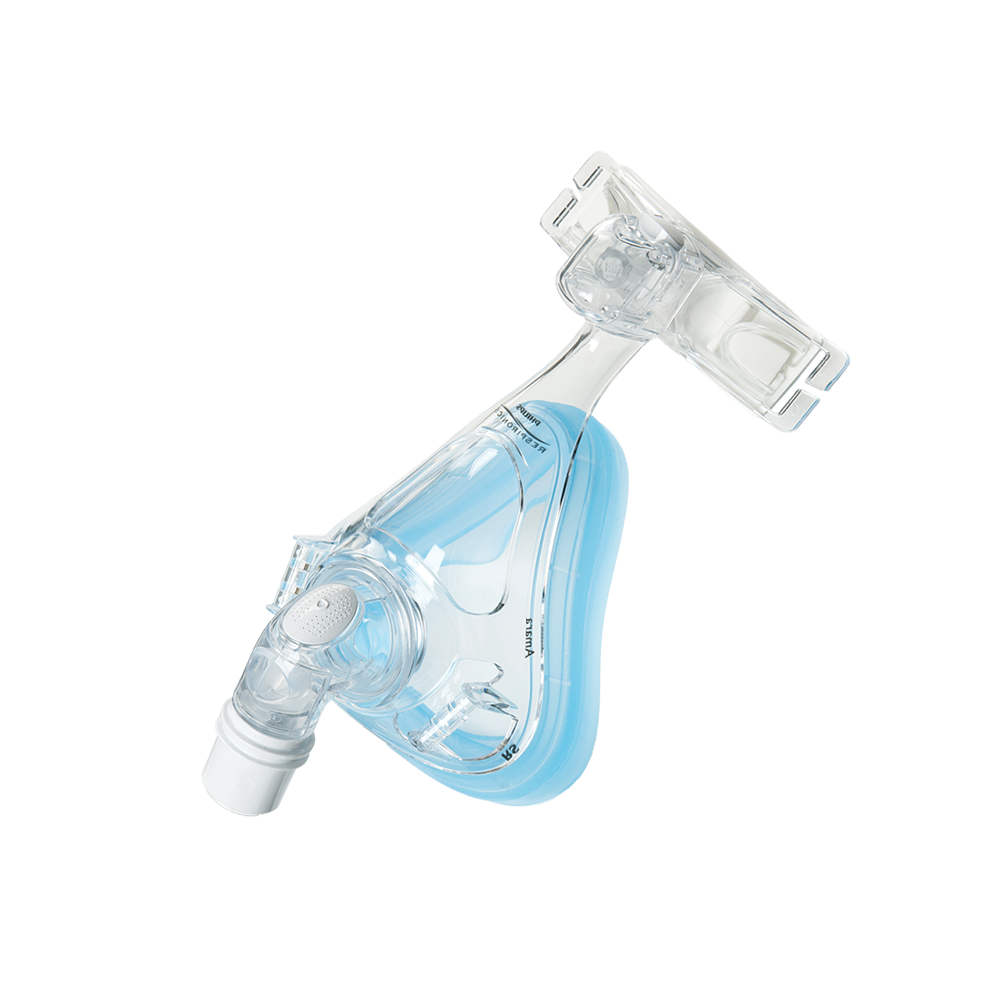
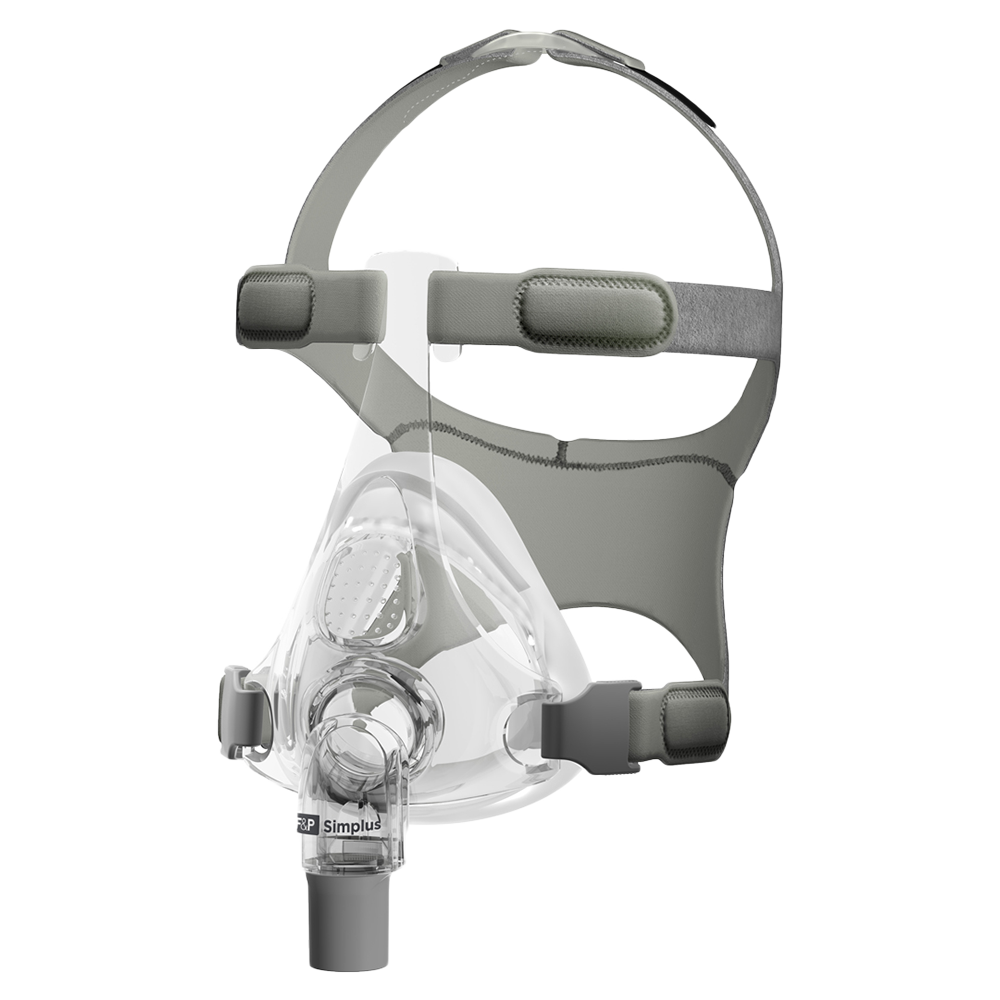
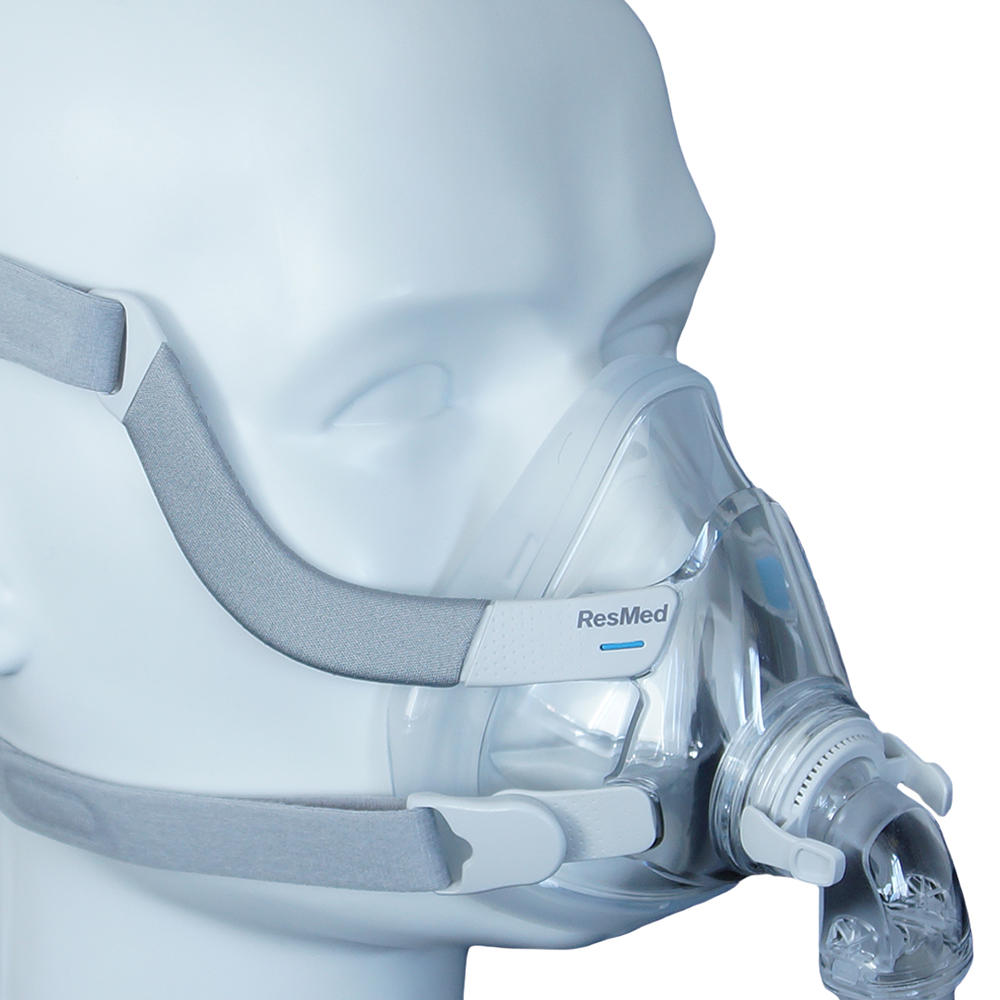
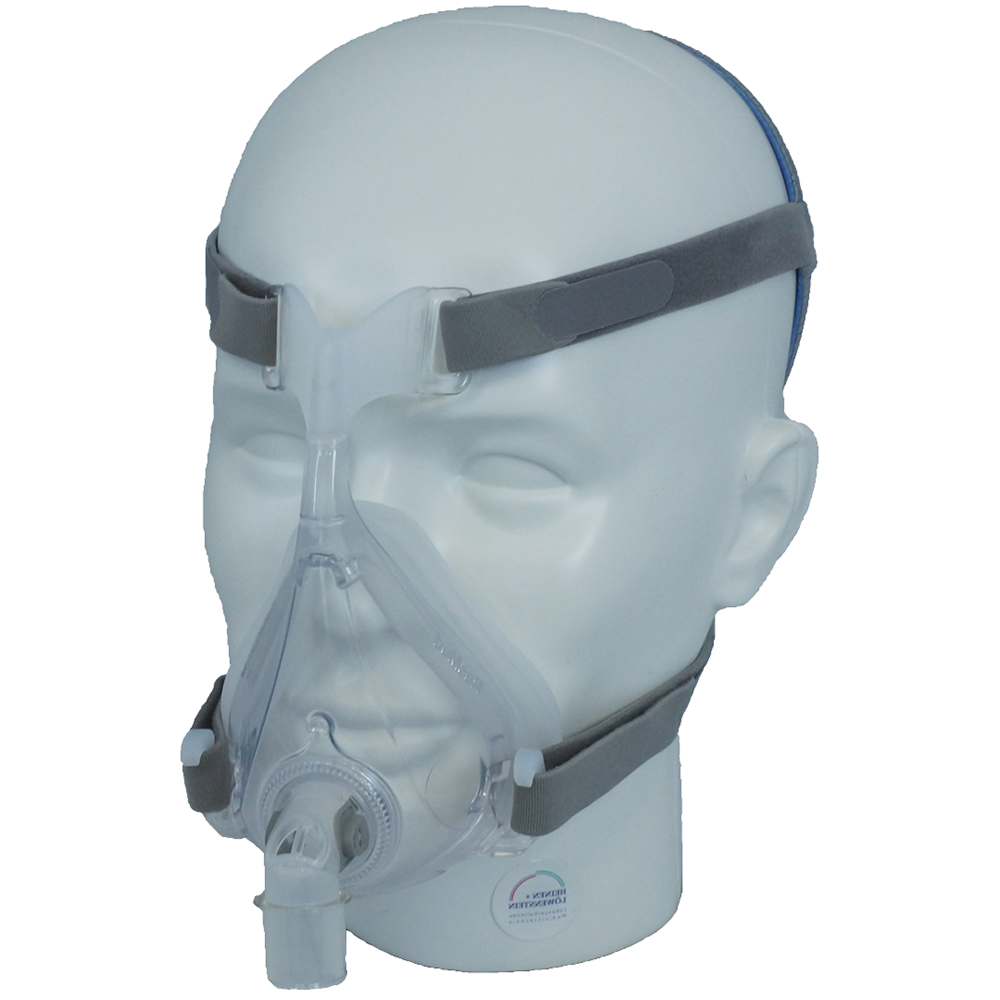

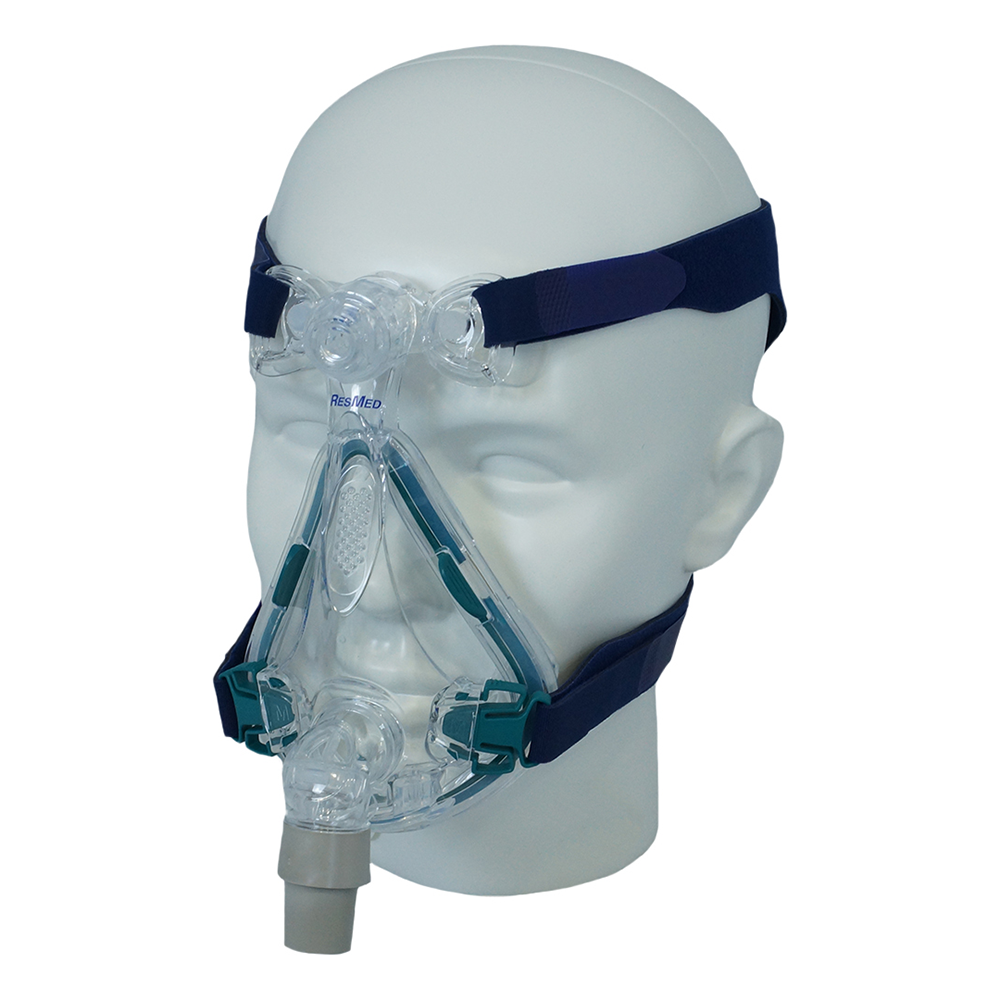
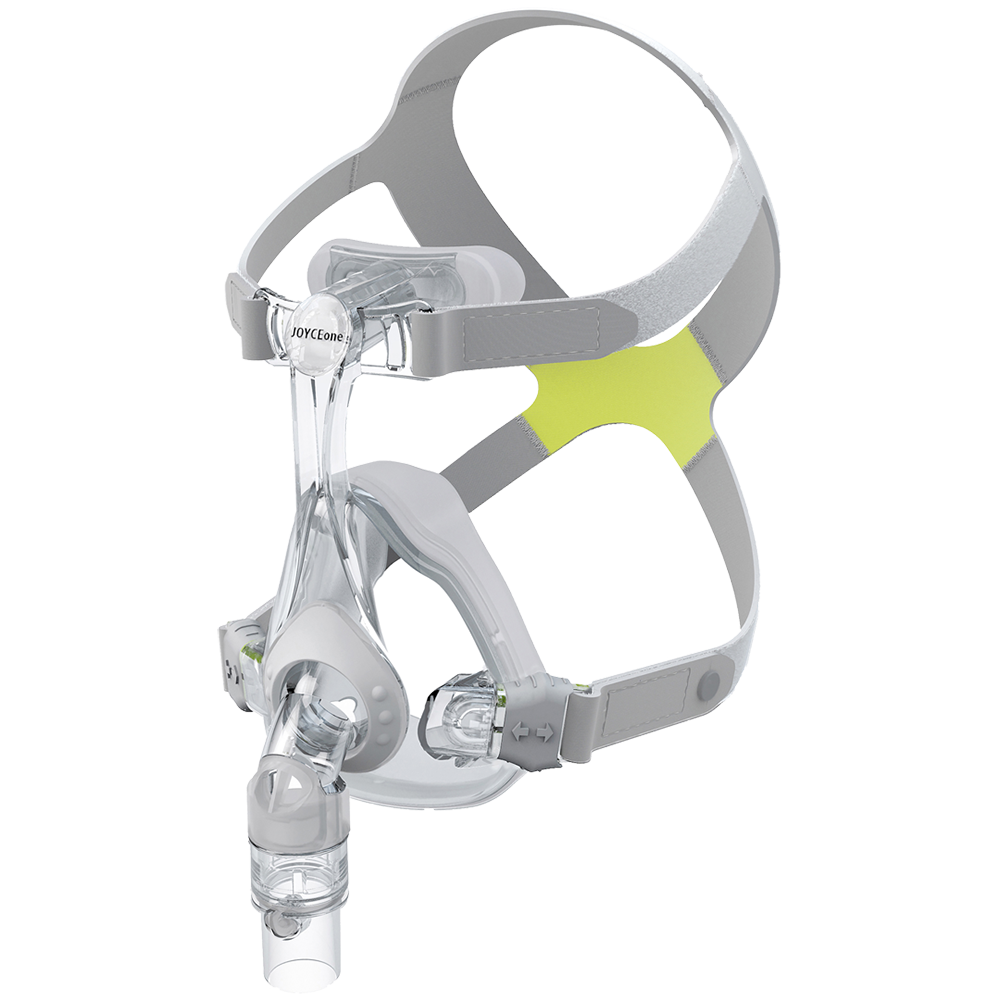
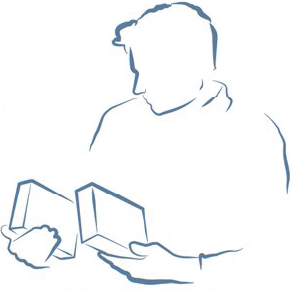
 Welcome to SomniShop
Welcome to SomniShop